
Tongli slag dryer is an industrial equipment used to process mineral materials such as slag. Its main function is to dry the slag containing water to the specified moisture content. Slag is a by-product in the metallurgical industry and usually needs to be dried before further use or safe disposal. The processing capacity of slag dryers is usually 10 tons to 300 tons per hour, depending on the size and design specifications of the equipment. The thermal efficiency of Tongli slag dryer is generally 65% to 85%. This depends on the type of heat source and the design optimization of the dryer. The heat energy consumption per ton of dried slag is approximately between 3.5-4.5 GJ, and the specific value depends on the moisture content of the raw materials and the thermal efficiency of the dryer.


Efficient Steel/Granulated Furnace Slag Drying Solution
A MACHINE YOU CAN DEPEND ON!
The slag dryer produced by Tongli Company has high output, low energy consumption, small footprint, high degree of mechanization, and strong scalability. It can be used to dry slag as well as fly ash, lignite and other wet materials.
Tongli slag dryer fully considers space utilization in its design and adopts a compact structure, which reduces the footprint by 20% to 30%. This design is easy to install and operate in limited site conditions, and is highly adaptable and can be flexibly used in different types of production environments. For example, for factories with limited space, this compact dryer not only saves land costs, but also improves the layout efficiency of the overall production line.
The slag dryer has a reasonable structural design and uses wear-resistant materials such as high-chromium alloy, which not only enhances durability but also extends the service life of the equipment. Generally, the service life of this wear-resistant material can reach 8 to 10 years, greatly reducing the maintenance frequency. For example, the maintenance cost of the equipment is 30% to 50% lower than that of traditional dryers, ensuring the long-term stable operation of the equipment, reducing downtime and improving production efficiency.
The slag dryer adopts advanced energy-saving technologies, such as high-efficiency hot air furnaces and heat recovery systems. These designs increase the efficiency of heat energy utilization by 20% to 30%, thereby significantly reducing energy consumption. For example, traditional equipment consumes 120 to 150 kWh of electricity for each ton of slag processed, while the new dryer only consumes 80 to 100 kWh, which directly reduces production costs. In addition, this high-efficiency energy consumption design also meets environmental standards and reduces carbon emissions.
| Model Specification | Cylinder Volume (m³) | Production Capacity (t/h) | Installation Angle (%) | Maximum Inlet Temperature (℃) | Main Motor (kw) |
| Φ1.2×8.0 | 9.0 | 1.9-2.4 | 3-5 | 700-800 | 7.5 |
| Φ1.2×10 | 11.3 | 2.4-3.0 | 3-5 | 700-800 | 7.5 |
| Φ1.5×12 | 21.2 | 4.5-5.7 | 3-5 | 700-800 | 15 |
| Φ1.5×14 | 24.7 | 5.3-6.6 | 3-5 | 700-800 | 15 |
| Φ1.5×15 | 26.5 | 5.7-7.1 | 3-5 | 700-800 | 15 |
| Φ1.8×12 | 30.5 | 6.5-8.1 | 3-5 | 700-800 | 18.5 |
| Φ1.8×14 | 35.6 | 7.6-9.5 | 3-5 | 700-800 | 18.5 |
| Φ2.2×12 | 45.6 | 9.7-12.2 | 3-5 | 700-800 | 22 |
| Φ2.2×14 | 53.2 | 11.4-14.2 | 3-5 | 700-800 | 22 |
| Φ2.2×16 | 60.8 | 13.0-16.2 | 3-5 | 700-800 | 22 |
| Φ2.4×14 | 63.3 | 13.5-16.9 | 3-5 | 700-800 | 37 |
| Φ2.4×18 | 81.4 | 17.4-21.7 | 3-5 | 700-800 | 37 |
| Φ2.4×20 | 90.4 | 19.3-24.1 | 3-5 | 700-800 | 45 |
| Φ2.4×22 | 99.5 | 21.2-26.5 | 3-5 | 700-800 | 45 |
| Φ2.6×24 | 127.4 | 27.2-34.0 | 3-5 | 700-800 | 55 |
| Φ3.0×20 | 141.3 | 30.1-37.7 | 3-5 | 700-800 | 75 |
| Φ3.0×25 | 176.6 | 37.7-47.1 | 3-5 | 700-800 | 75 |
| Φ3.2×25 | 201 | 42.9-53.6 | 3-5 | 700-800 | 90 |
| Φ3.6×28 | 285 | 60.8-76.0 | 3-5 | 700-800 | 160 |
QUALITY NEVER GOES OUT OF STYLE
Slag enters the dryer from a hopper or a conveying device. Slag is usually wet and contains a certain amount of moisture, which needs to be removed by the dryer. The heat source in the dryer (such as a combustion furnace, a hot air furnace or an electric heater) provides hot air. The hot air is introduced into the interior of the dryer and contacts the slag. The temperature and flow rate of the hot air can be adjusted as needed to ensure the drying effect.
The slag flows in a certain direction in the dryer, usually by a rotating drum or other structure. The drum dryer uses the rotation of the drum to continuously turn the material, increase the contact area between the slag and the hot air, and thus improve the heat exchange efficiency.
When the hot air contacts the slag, the heat is transferred to the moisture in the slag, and the moisture is heated and evaporated into water vapor. As the slag flows, the moisture is continuously evaporated, making the slag dry.
The evaporated water vapor is discharged from the dryer through the exhaust system. The exhaust system usually includes a fan and an exhaust duct to ensure that moisture can be removed in time to prevent moisture from flowing back and affecting the drying effect.
The dried slag is discharged from the dryer through the discharge end. The particle size and humidity of the dried slag are adjusted according to actual needs, and are usually screened and classified by a vibrating screen or other grading equipment.
Reasonably adjust the feed amount: adjust the feed speed according to the actual processing capacity of the dryer to avoid uneven drying due to excessive feed.
Improve material distribution: ensure that the material is evenly distributed in the dryer so that it is fully exposed to hot air and improves drying efficiency.
Increase airflow speed: Appropriately increase the flow rate of hot air to increase the evaporation rate of water, but avoid airflow instability caused by too fast.
Use efficient heat exchangers: Use efficient heat exchangers to reduce heat loss and improve heat utilization efficiency.
Regularly maintain equipment: Regularly check and maintain various parts of the dryer to ensure the normal operation of the equipment and avoid affecting the drying efficiency due to equipment failure.
Replace worn parts: Replace worn or damaged parts in time to maintain efficient operation of the equipment.
Reduce initial moisture content: Perform appropriate pretreatment before the slag enters the dryer, such as dehydration or preheating, to reduce the initial moisture content of the slag and improve drying efficiency.
The maintenance of the slag dryer is essential to ensure the long-term stable operation and efficient performance of the equipment. Regularly check the working status of heat source equipment such as burners and hot air furnaces, clean the ashes in the combustion chamber, and ensure sufficient combustion. Regularly clean the screen, exhaust duct and exhaust fan to prevent dust and impurities from accumulating and affecting the normal operation of the equipment.
Regularly monitor the temperature in the dryer to ensure that it is within the set range. High or low temperatures may affect the drying effect and equipment life. Regularly check the electrical circuits and control systems to ensure that the electrical components are not damaged and the electrical connections are firm.
Develop and implement a regular maintenance plan, conduct comprehensive inspections and maintenance, and prevent potential failures. Train operators to operate the equipment correctly, understand the working principle and maintenance requirements of the equipment, and reduce damage caused by improper operation. Train maintenance personnel to master the maintenance knowledge of the equipment and be familiar with the maintenance and inspection methods of each component.
Treatment of cement production admixtures: Slag is used as an admixture in cement production. After drying, its activity can be improved, and the strength and stability of cement can be improved. Improve the quality of raw materials: Drying slag to a suitable humidity can improve the treatment effect of slag in cement production.
Production of bricks: Slag can be used as a raw material for the production of various bricks (such as fly ash bricks and slag bricks). After drying, the quality and stability of bricks can be improved. Concrete production: Slag is used in the production of concrete after drying to improve the performance and durability of concrete.
Treatment of smelting by-products: After drying, the slag produced in the smelting process can reduce its volume for easy storage and transportation.
Resource recovery: Processing and recycling of useful components in smelting by-products to reduce environmental pollution.
Thermal power plants: A large amount of slag (such as coal ash) produced in thermal power plants can be used to prepare cement, concrete, etc. after drying, reducing the impact of waste on the environment.
Waste management: The volume of slag after drying is reduced, which is convenient for management and storage.
Waste utilization: After drying, industrial waste such as slag can be used for environmental protection applications such as soil improvement and waste filling.
Emission reduction treatment: Reduce the negative impact of waste on the environment and improve the utilization rate of waste.
Raw material processing: In chemical production, slag can be used as a raw material or additive for certain chemicals, and has better reactivity and stability after drying.
Product processing: Slag after drying can be used as filler or auxiliary material for chemical products.
Excessive feed size, high humidity, excessive feed volume, and improper equipment operating parameter settings will lead to a decrease in the drying efficiency of the dryer. You can adjust the feed size and humidity, reduce the feed volume, and check and optimize the equipment operating parameters.
Uneven hot air distribution, uneven feed, and material accumulation on the inner wall of the dryer will cause the dryer to be blocked. It is necessary to frequently check and adjust the hot air distribution system to ensure uniform feed and regularly clean the inner wall of the dryer.
Wear of mechanical parts, gear or bearing problems, and unbalanced equipment installation will cause abnormal noise in the equipment. At this time, check and replace worn parts, repair gear and bearing problems, and ensure that the equipment installation level can be solved.
High humidity increases the moisture content of slag, which increases the load and energy consumption of the dryer. Excessive humidity may also cause slag to stick together, affecting the drying effect. In a high humidity environment, it is necessary to increase the heating capacity of the dryer or extend the drying time, while ensuring that the feeding and discharging systems of the equipment operate well.
Low temperature reduces the thermal efficiency of the slag dryer because the heat exchange efficiency may decrease. In addition, low temperature may cause frost or ice on the equipment components, affecting the normal operation of the equipment. In a low temperature environment, heating the area around the equipment, insulation measures, and adjusting operating parameters can be taken to improve thermal efficiency.
High dust environment may cause dust accumulation inside the dryer, affecting the heat exchange effect and the operation of the equipment. Pollutants may cause wear on equipment components. Clean the inside and surrounding environment of the dryer regularly, and use efficient dust removal devices to reduce the impact of dust and pollutants on the equipment.
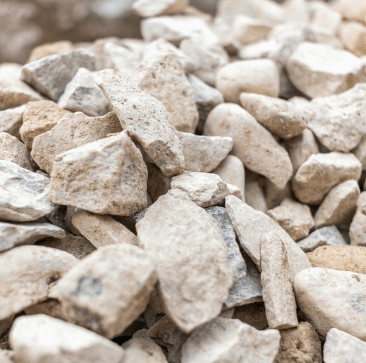
The dryer efficiently handles granulated blast furnace slag, reducing moisture for use in cement and construction materials

Ideal for drying steel slag, this dryer helps reduce moisture, making it suitable for use in road construction, cement production, and metallurgy
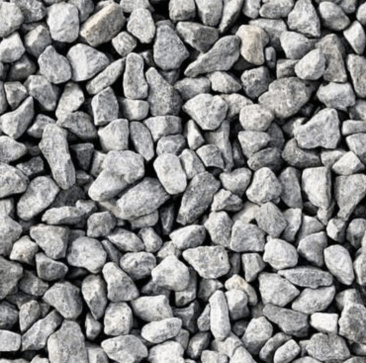
The dryer processes copper slag, reducing moisture content for safe disposal or use in the production of abrasives and other materials
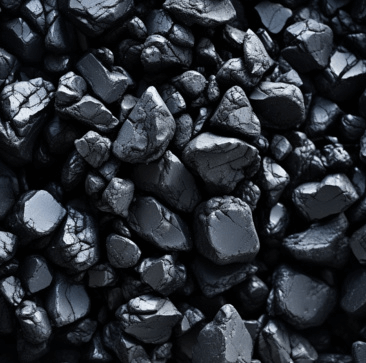
Efficient in drying aluminum slag, this dryer minimizes moisture levels to improve its handling and use in recycling or as a raw material
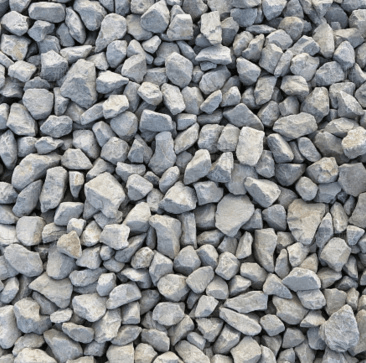
Suitable for drying lead slag, the dryer reduces moisture, making it safer for disposal or reuse in lead extraction and smelting processes

The dryer handles nickel slag, reducing moisture for improved processing and reuse in the production of nickel alloys and other applications
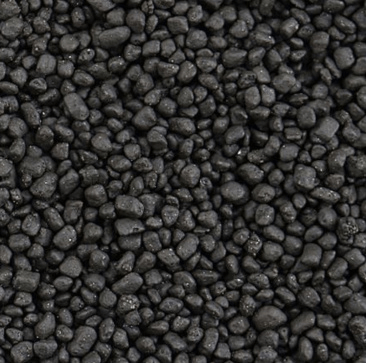
Effective in drying zinc slag, the dryer minimizes moisture to make it suitable for use in zinc extraction and other metallurgical processes
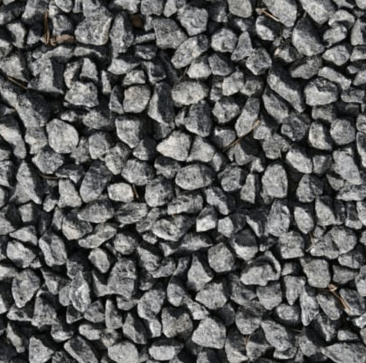
The dryer processes manganese slag, reducing moisture content to ensure it is suitable for recycling or use in the production of alloys and batteries
You can get in touch with us through the following contact information
AddressNo. 2289 Huancheng South Road, Tongxiang, Jiaxing, Zhejiang Province, China. Zip code:314500
Please fill in the sales inquiry form and our sales representatives will be in touch shortly.